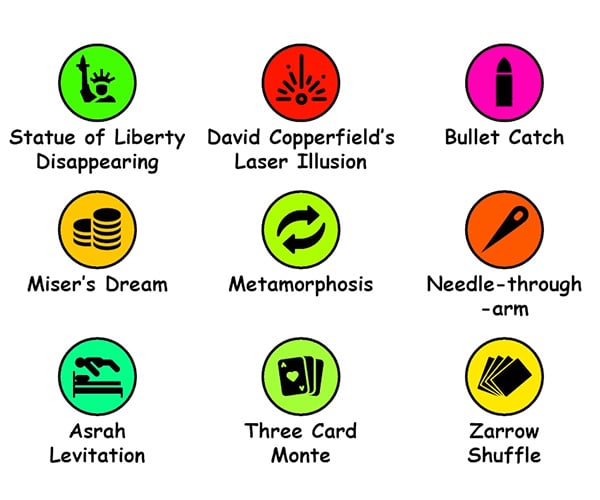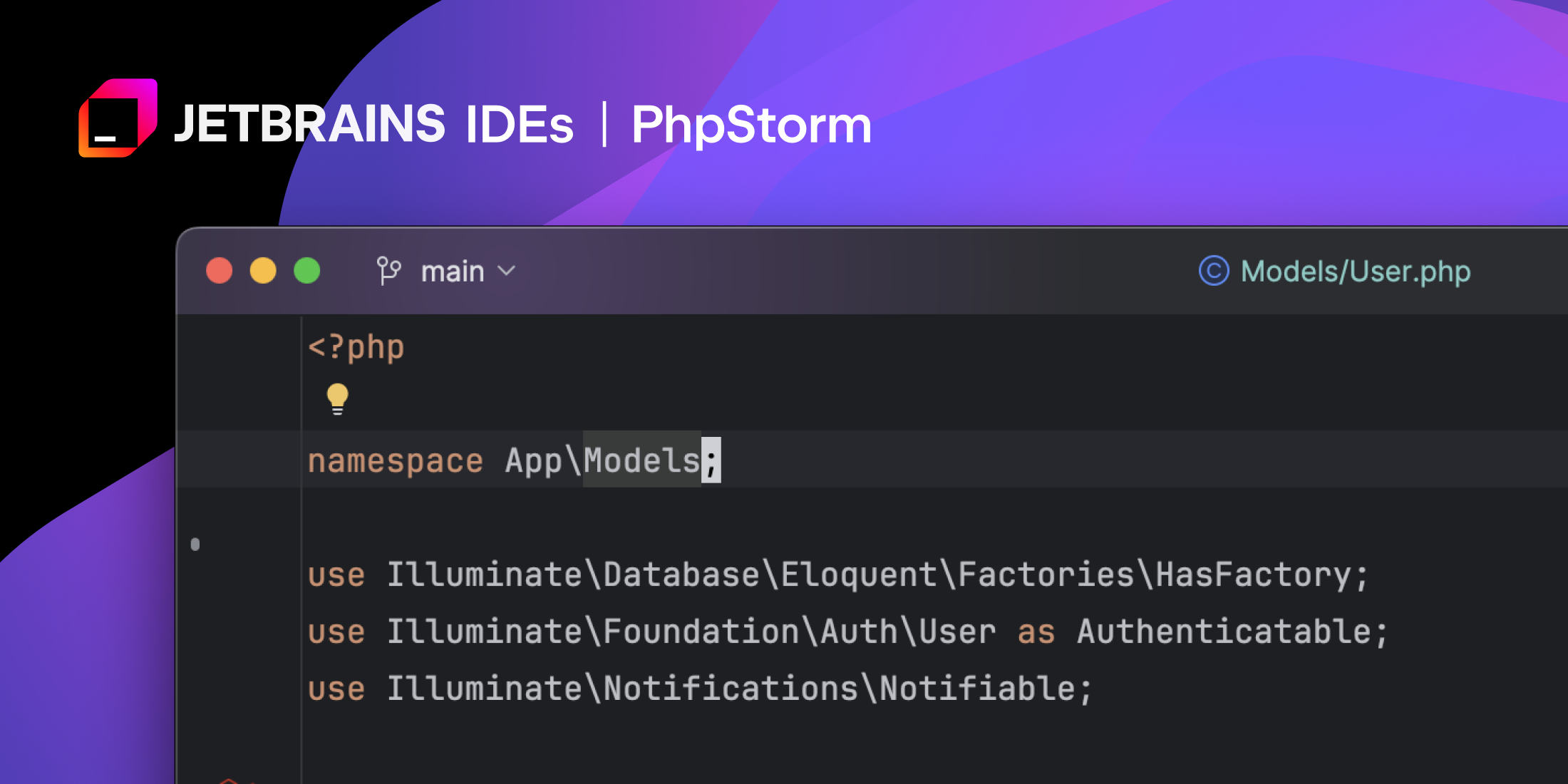https://avatars.githubusercontent.com/u/118024971?v=4?s=400
Screenshots:
Project Home Page – iceburg.ca
Iceburg CRM is a metadata driven CRM with AI abilities that allows you to quickly prototype any CRM. The default CRM is based on a typical business CRM but the flexibility of dynamic modules, fields, subpanels allows prototyping of any number of different tyes of CRMs.
- [Unlimited Relationships between any number modules without common fields]
- [Metadata creations of modules, fields, relationships, subpanels, datalets, seeding]
- [Ability to Import/Export in 6 different formats (XLSX, CSV, TSV, ODS, XLS, HTML]
- [25 different input types, Laravel field validation, Maska field masking]
- [26 themes with light and dark themes available]
- [Module based Role permissions (read, write, import, export)]
- [Calendar, Audit logs, Vue3 Charts, Convertable modules, Related Fields (related to another module)]
Iceburg CRM is created with:
composer create-project iceburgcrm/iceburgcrm iceburgcrm // Default php artisan iceburg:seed // Convert Existing DB to CRM php artisan iceburg:seed --type=adminpanel // Use AI php artisan iceburg:seed --type=ai --prompt="Create a stamp collecting crm"
- Default – Install the default Classic IceburgCRM: 55 Modules, 282 Fields, 43 Relationships, 24 Subpanels, 5 Datalets
- AdminPanel – Point to an existing Database and turn it into a CRM. Type is requires but additional parameters are optional. If not supplied will use existing connection details.
php artisan iceburg:seed --type=adminpanel --connection_host=123.123.123.123 --connection_port=3306 --connection_database=databasename --connection_username=dbuser --connection_password=dbpassword --connection_charset=utf8mb4 --connection_collation=utf8mb4_unicode_ci
Example of a live wordpress database converted to a CRM.
WordPress CRM
WordPress Website
- Core – Install only the core files. This will create a blank CRM template.
php artisan iceburg:seed --type=core
- Custom – Add your own modules, field, relationships, subpanels and generate it.
php artisan iceburg:seed --type=custom
- AI – Describe the CRM you want and let AI create it. Including the logo parameter will create an unique image for your login page. ChatGPT 3.5 is used as the default.
Dalle-3 is used for image generation. Cost: 4 cents per crm with logo or a 1 penny without the logo.
php artisan iceburg:seed --type=ai --prompt="Create a stamp collecting crm" logo="yes"
Each AI generation is different. Based on the prompt above here are three CRM’s created:
Stamp Collectors CRM 1
Stamp Collectors CRM 2
Stamp Collectors CRM 3
Note: Connection parameters, can be used with different types of installation.
If you do not have a server available visit digitalocean and get $200 dollars in free credit
If not installed, please install composer
If not installed, please install npm
composer create-project iceburgcrm/iceburgcrm iceburgcrm or git clone git@github.com:iceburgcrm/iceburgcrm.git cd iceburgcrm
Edit your database environment variables
vim .env DB_HOST= DB_PORT= DB_USERNAME= DB_PASSWORD= DB_DATABASE=
Open permissions on the storage and
sudo chown -R www-data:www-data /path/to/your/project/public sudo chown -R www-data:www-data /path/to/your/project/storage Deploy ```php sudo chmod 775 storage -R
AI Assist (Optional)
// Add your OPENAI KEY AND ORG ID TO your environment file to enable AI Assist
// This will enable an AI ASSIST button in add or edit modules
// that will allow you to fill in any field with AI Assisted data
OPENAI_API_KEY=
OPENAI_ORGANIZATION=
- Accounts
- Contacts
- Contracts
- Leads
- Opportunities
- Lineitems
- Products
- Campaigns
- Cases
- Documents
- Notes
- Projects
- Groups
- Quotes
- [pie chart] Total Sales
- [line graph] New Leads / Contacts / Accounts over 7 days
- [pie chart] New Opportunities / Contracts / Quotes
- [bar graph] Meeting (Today, 7 Days, 30 Days)
- [pie chart] Orders this month
- Settings
- Permissions
- Modules, Fields, Subpanels, Users, Datalet editing
- Accounting
- Admin
- HR
- Marketing
- Sales
- Support
- User
- Describe your CRM and build it with AI
- Select from our premade CRM templates
- Make any Database into a CRM
**Classic CRM. Accounts, Contacts, Contracts, LineItems, etc.** [Preview](https://classic.iceburg.ca)
**A platform for sneaker enthusiasts to catalog their collections, track market values, manage trades or sales, and connect with other collectors.** [Preview](https://rarebooks.iceburg.ca)
**For wine enthusiasts and sellers, offering cellar management, tasting notes, vintage tracking, and a community feature for sharing recommendations and organizing tastings.** [Preview](https://wine.iceburg.ca)
**Tailored for small to medium fitness studios, featuring membership management, class scheduling, fitness progress tracking for members, and integration with wearable tech for health data.** [Preview](https://fitness.iceburg.ca)
**A niche CRM for professional networking organizations, offering event planning, member engagement tracking, mentorship program management, and job boards.** [Preview](https://networking.iceburg.ca)
**For retailers and enthusiasts of crafting, offering inventory management, project tracking, supplier databases, and community features for sharing project ideas and tutorials.** [Preview](https://crafting.iceburg.ca)
**A platform for coffee lovers to track their favorite beans, roasts, brewing methods, and café experiences, including a marketplace for specialty beans and equipment.** [Preview](https://coffee.iceburg.ca)
**For beekeepers to track hive health, manage honey production records, schedule maintenance, and engage with local and online beekeeping communities.** [Preview](https://beekeeping.iceburg.ca)
**This is a premade instance of a wordpress database with iceburgcrm. Once created, download and point your wordpress files.** Changing the data in the CRM will change the wordpress website.
[CRM Preview](https://wordpress.iceburg.ca) [Wordpress Website](https://wordpresssite.iceburg.ca)
If you discover a security vulnerability within Iceburg CRM, please send an e-mail to security@iceburg.ca.
The Iceburg CRM is open-sourced software licensed under the AGPL
Laravel News Links
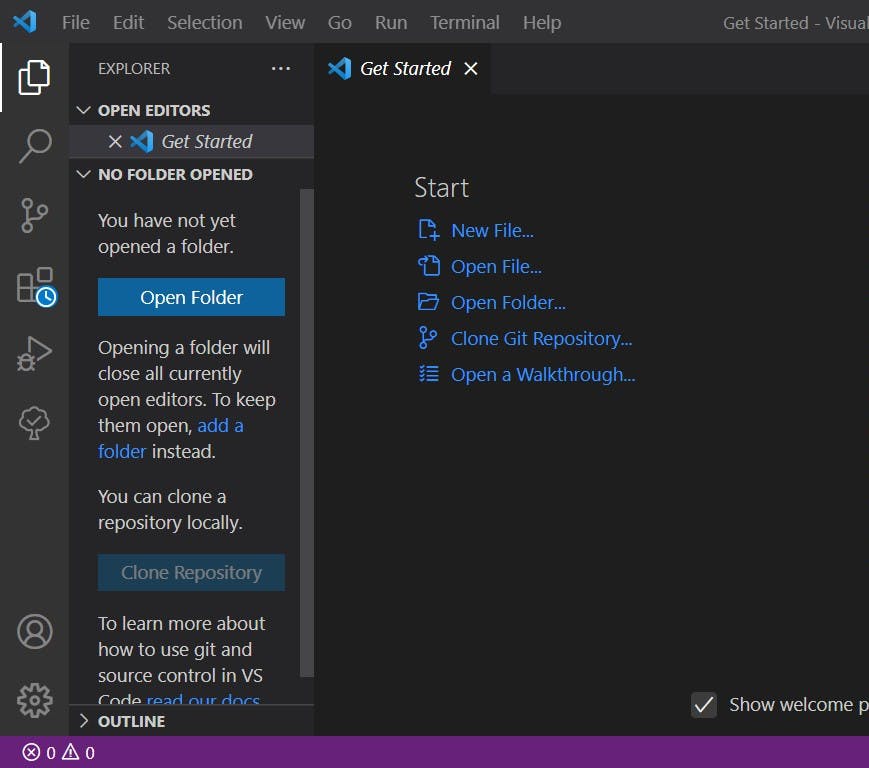
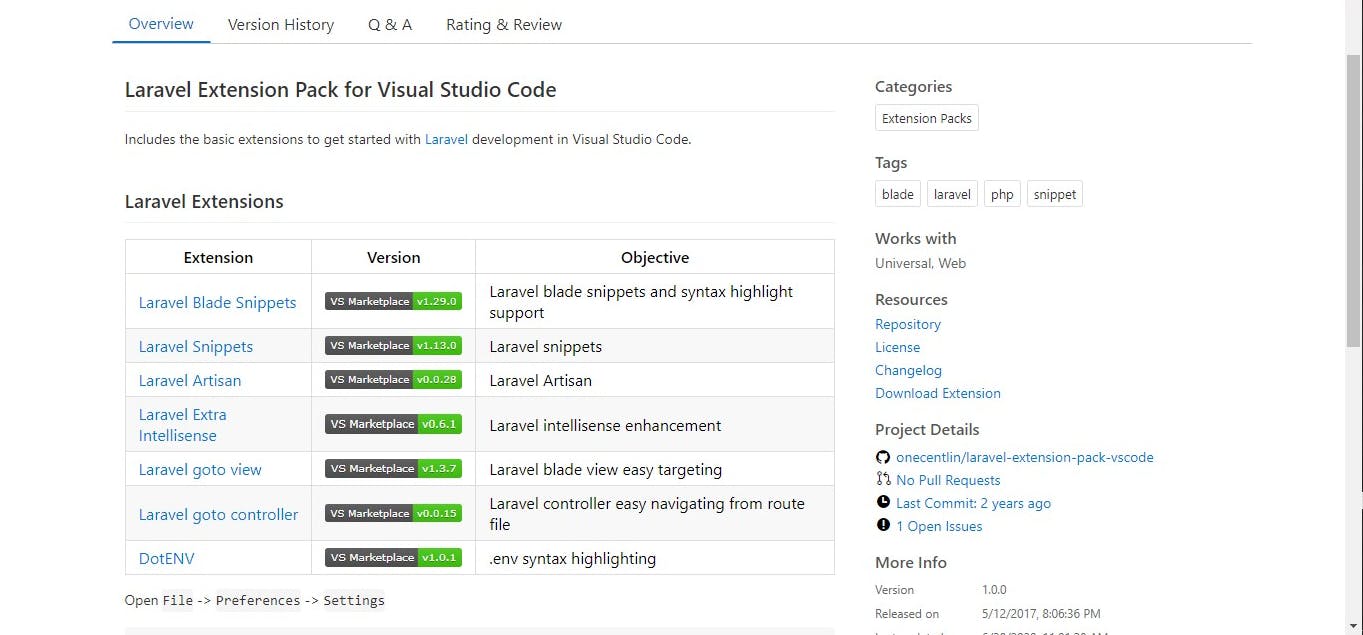
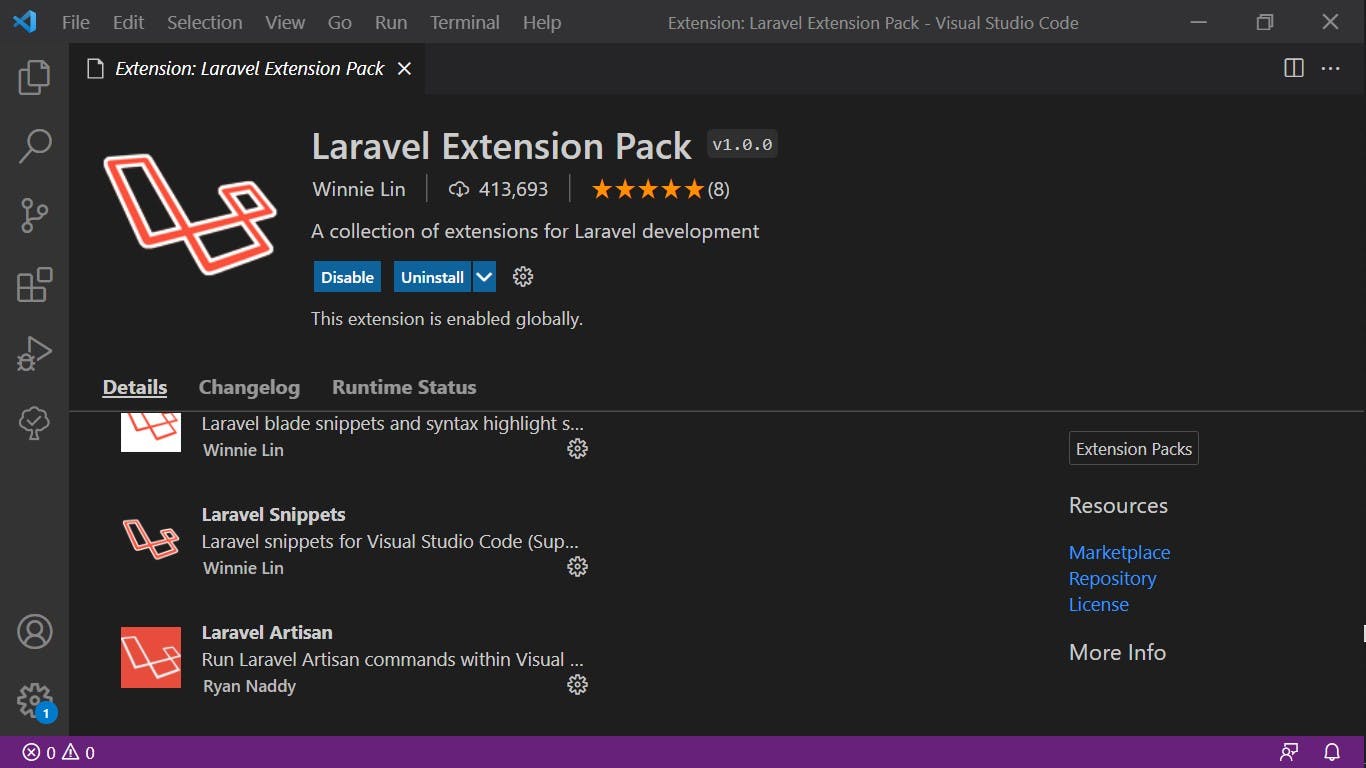
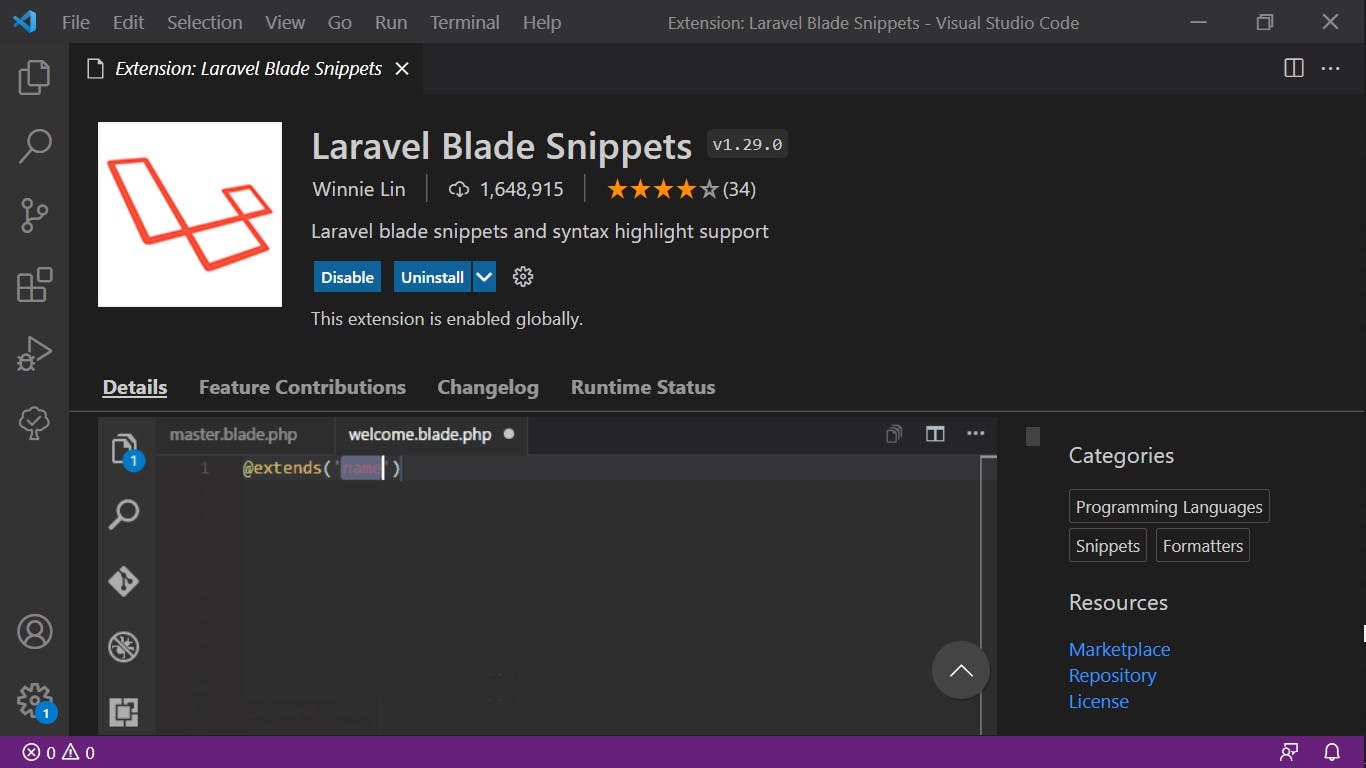
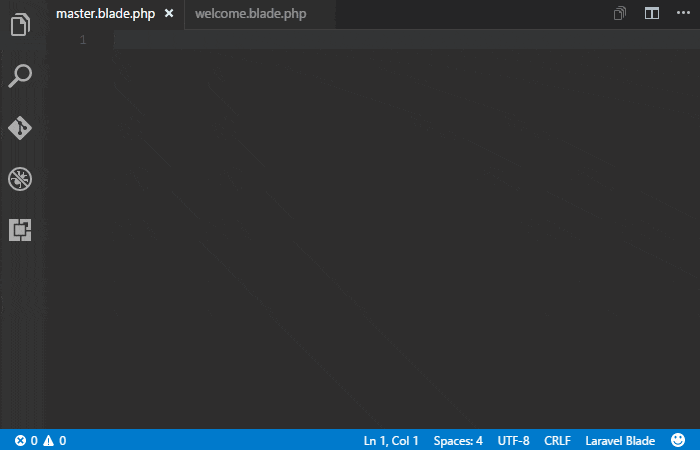
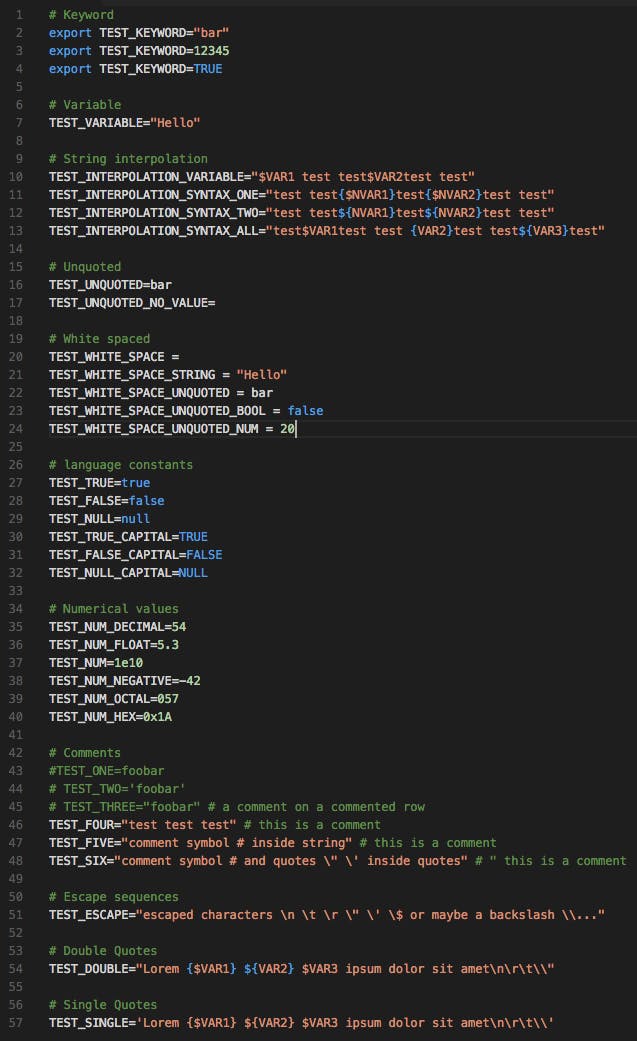
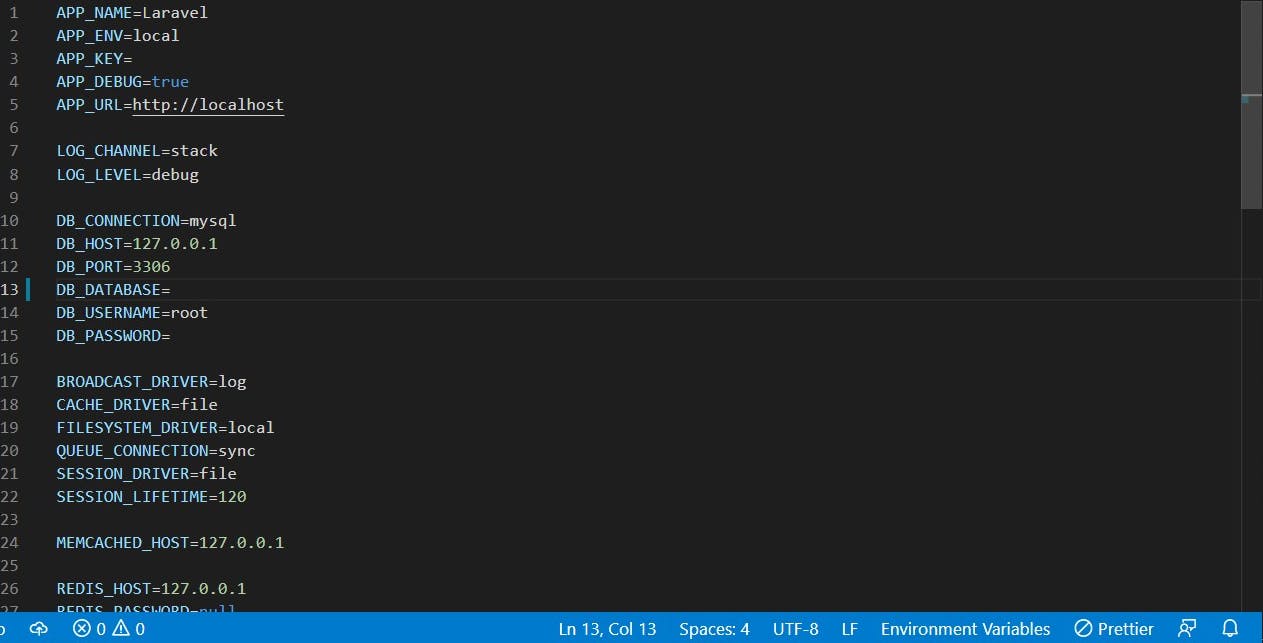
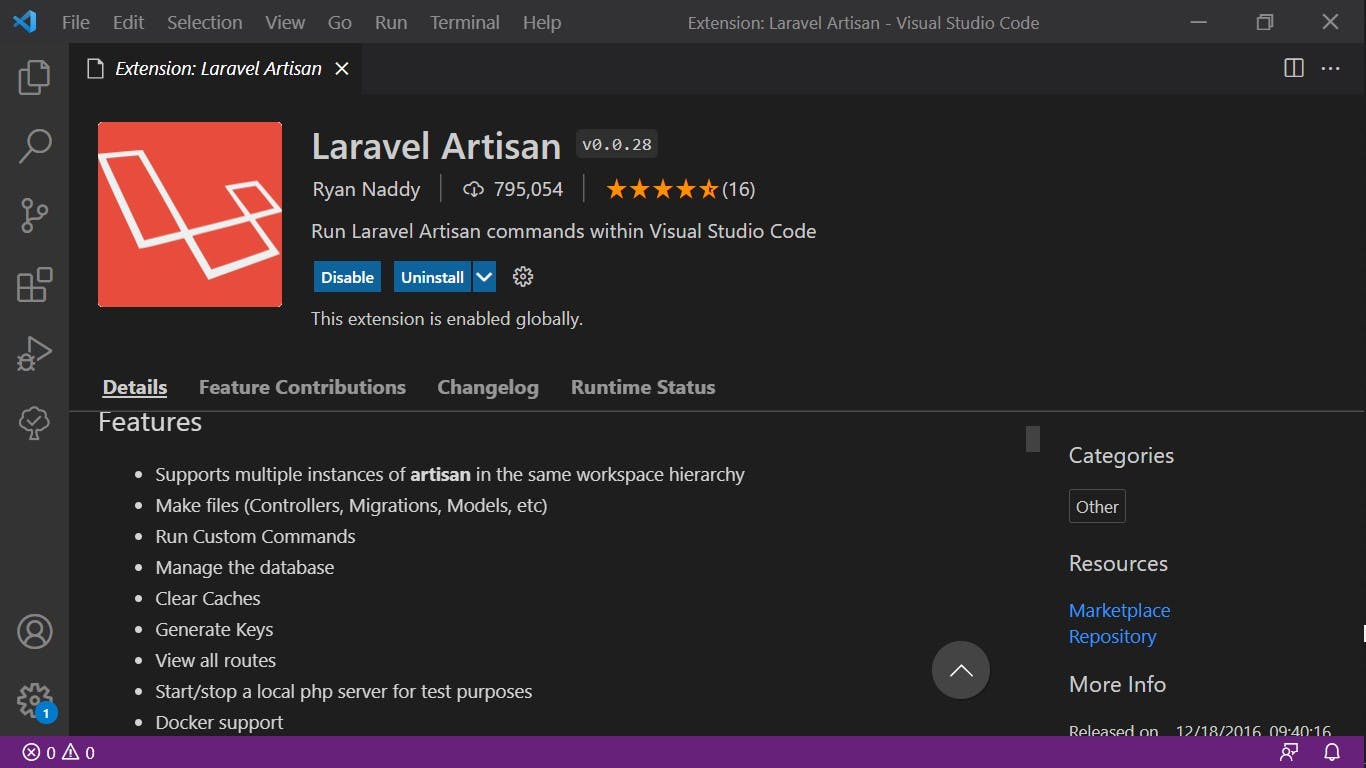
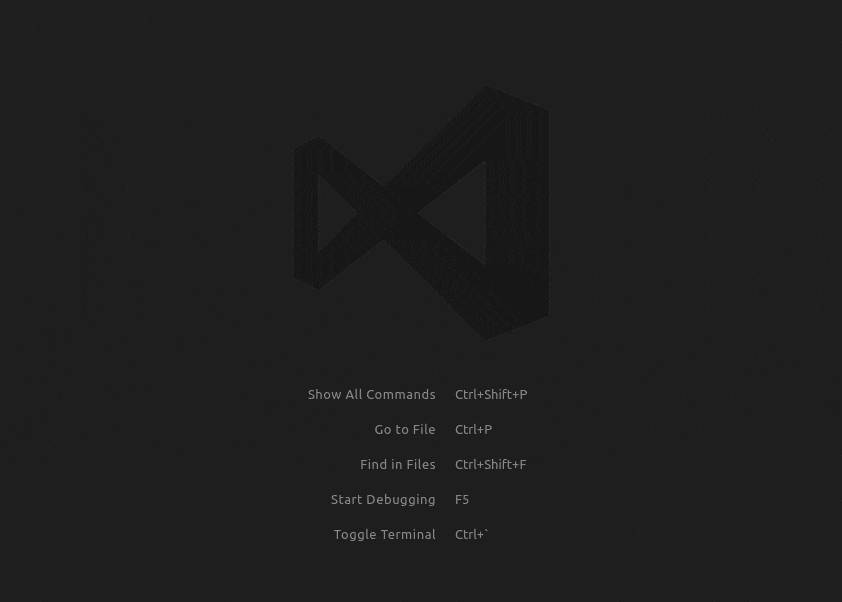
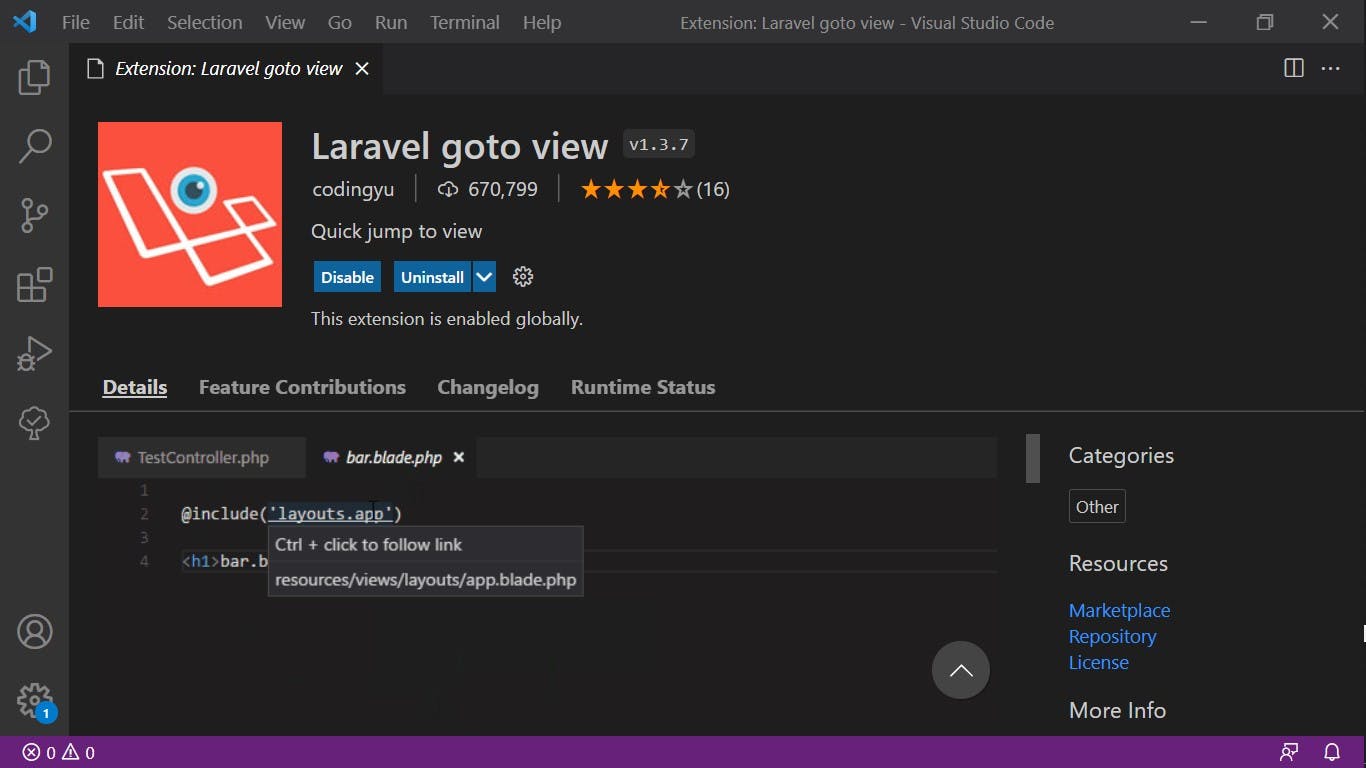
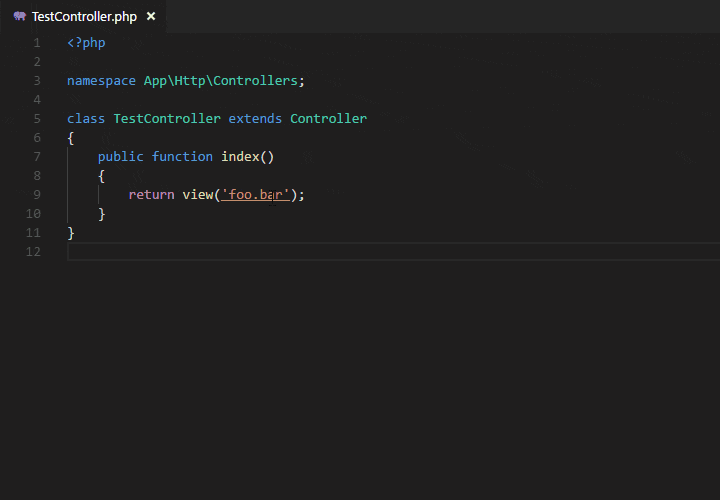
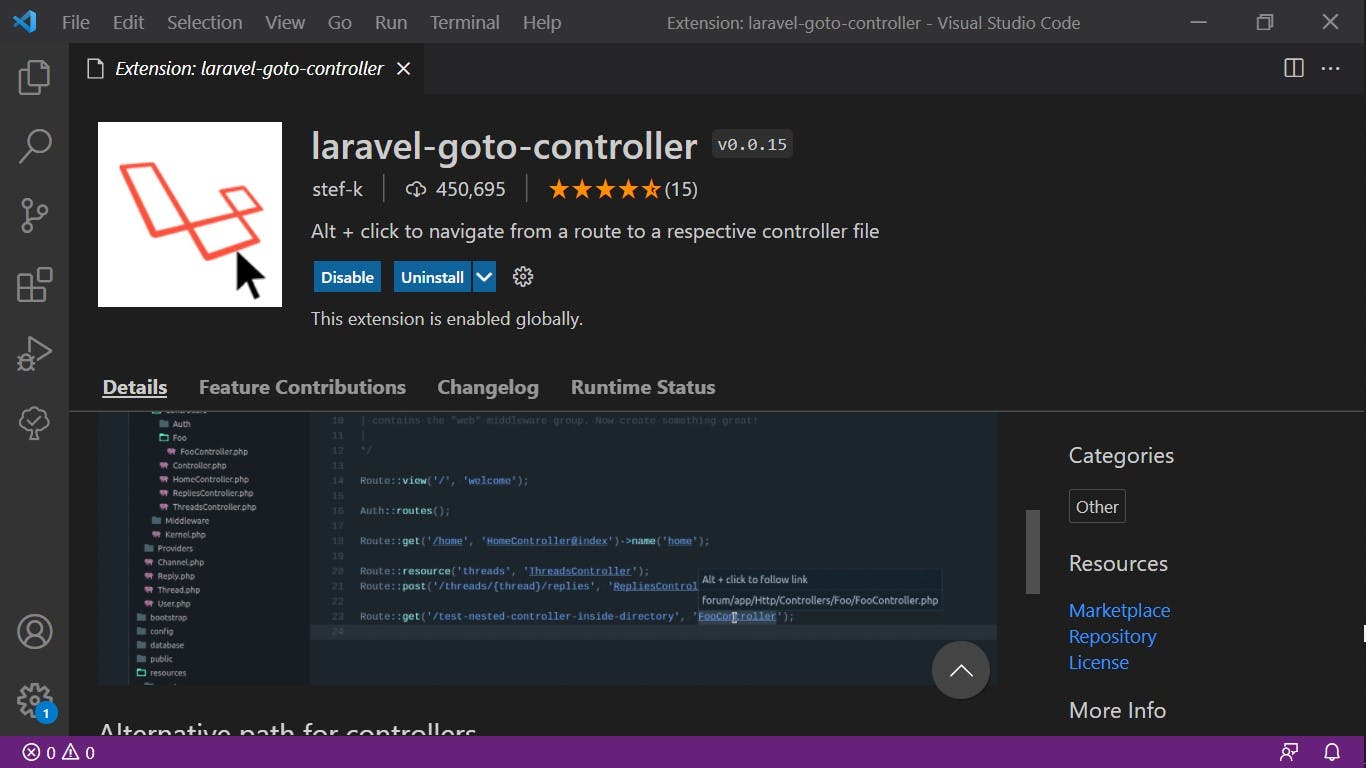
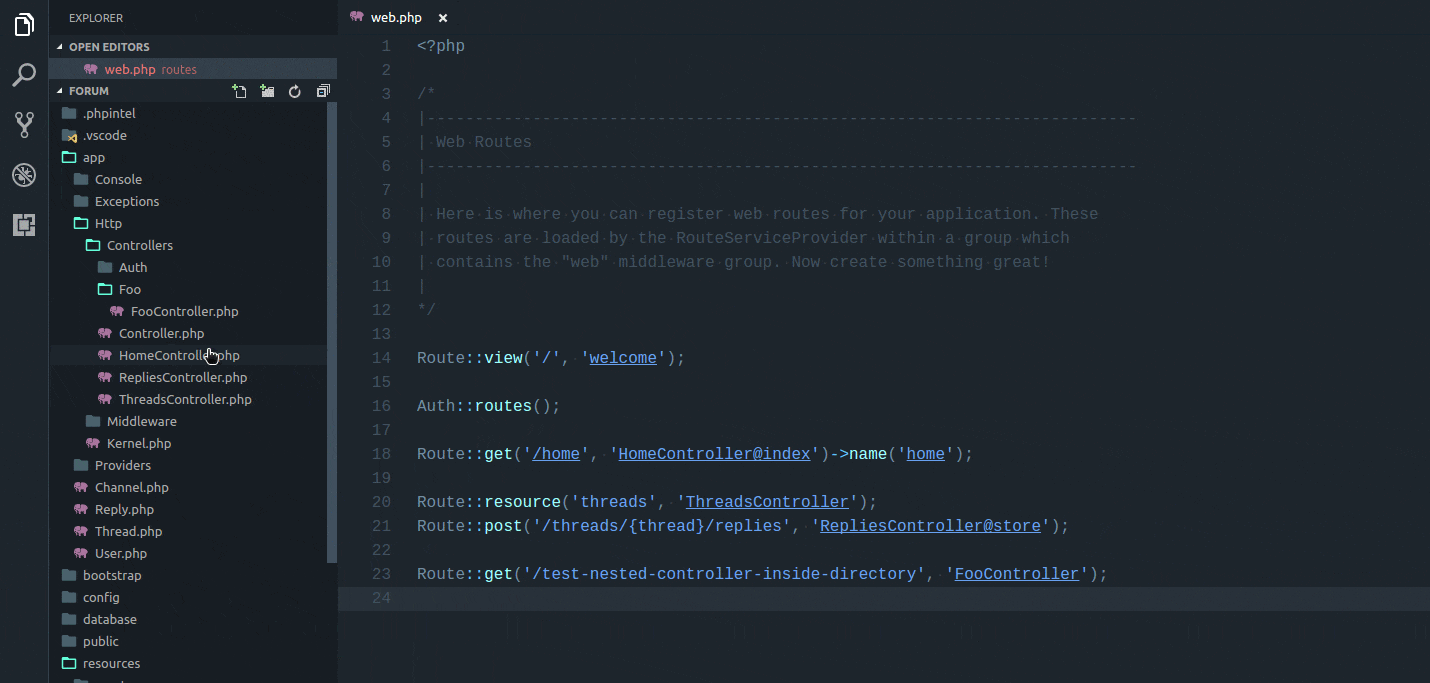
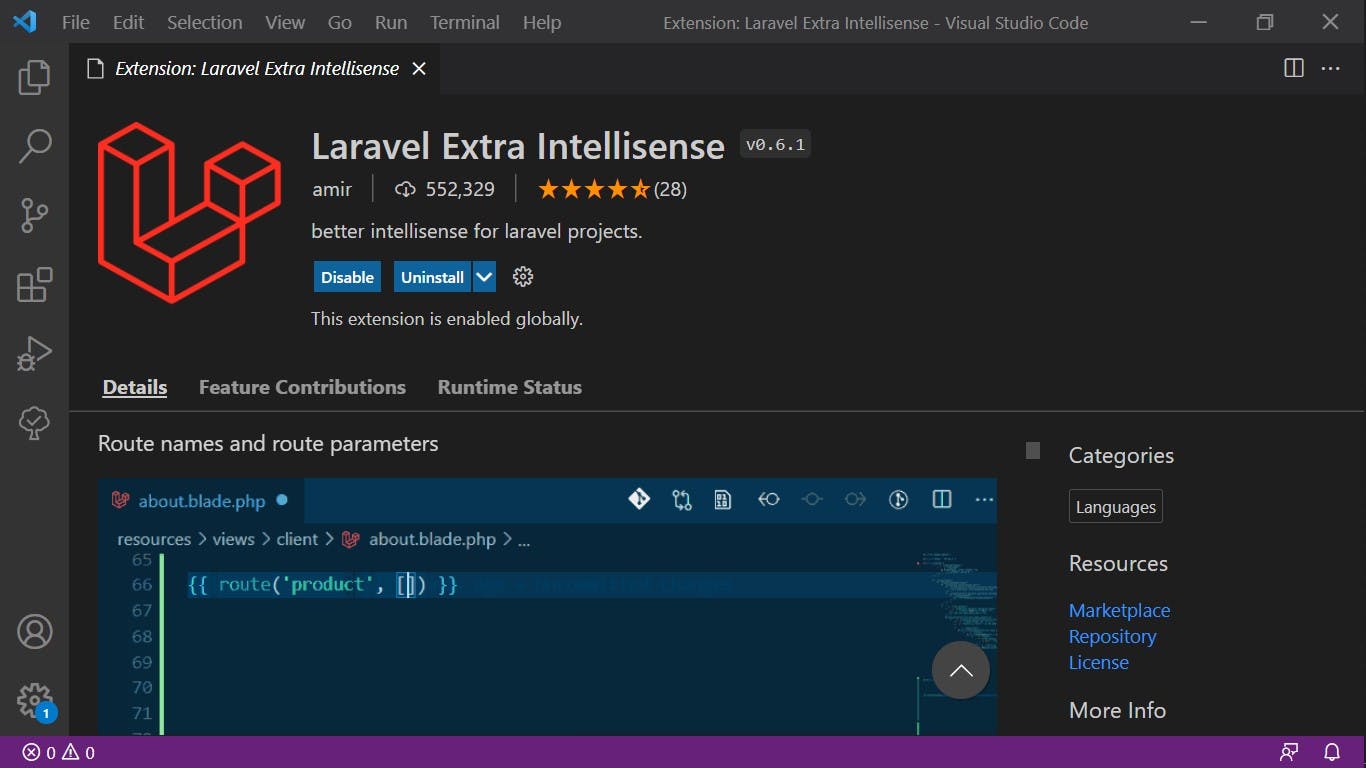
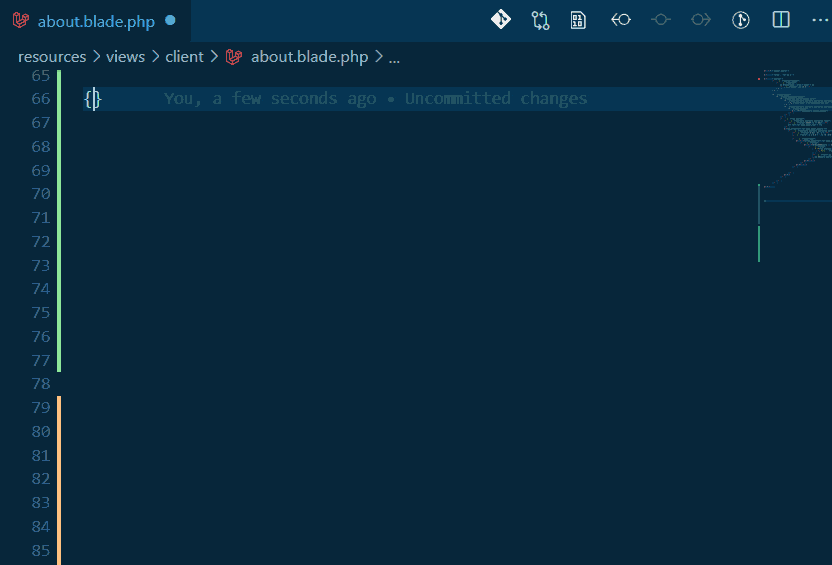
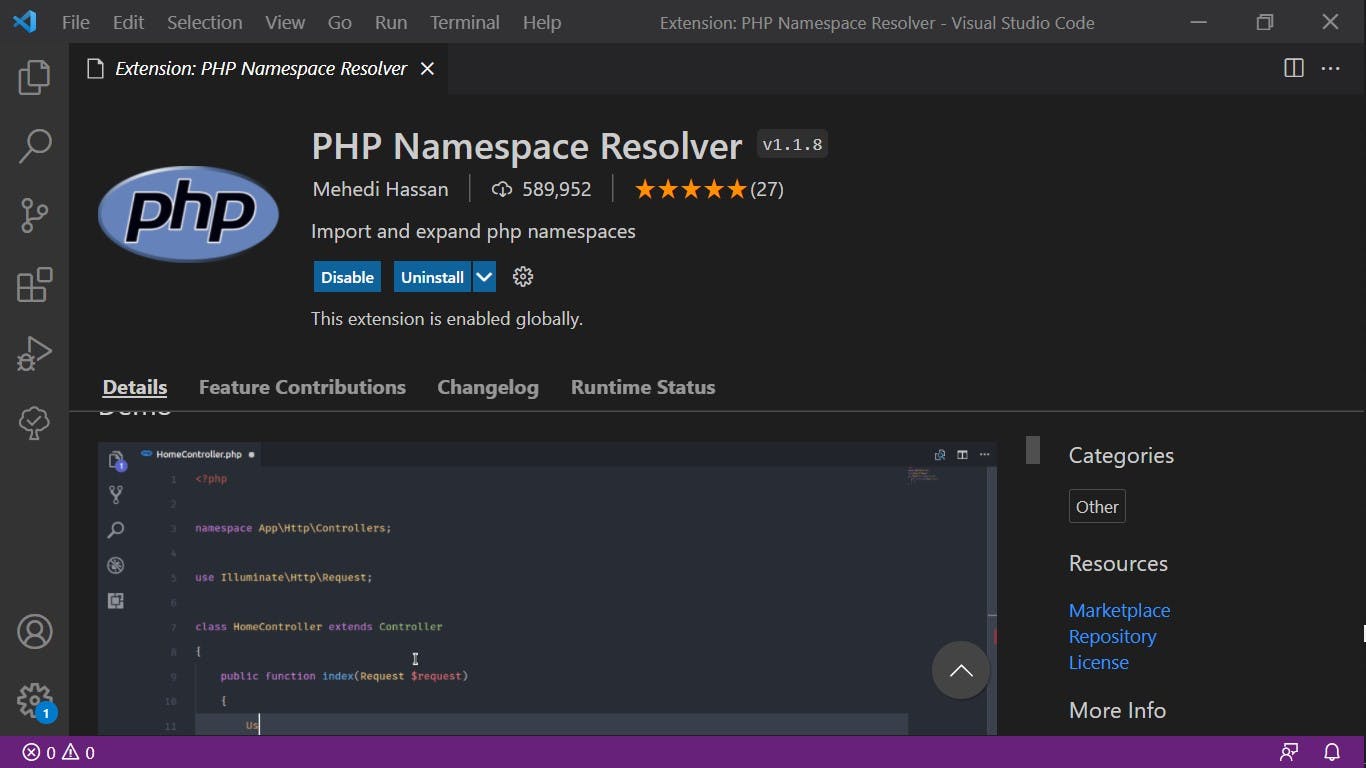
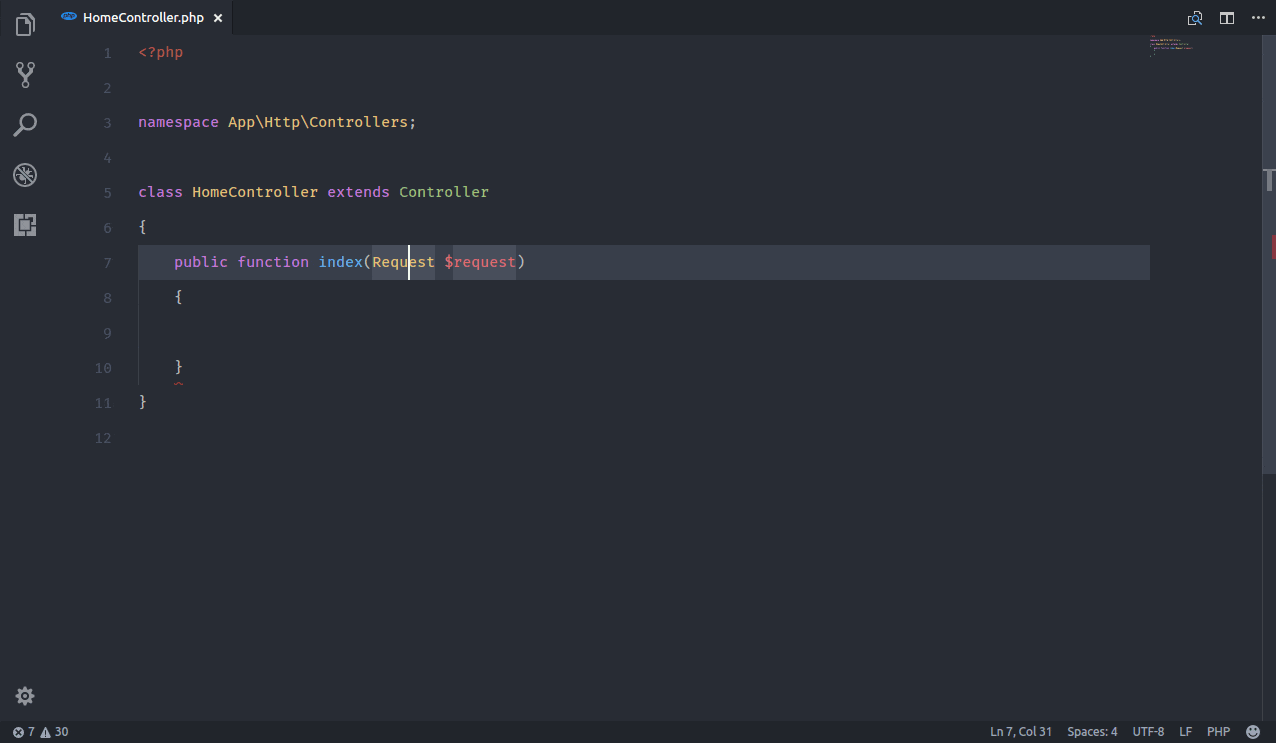
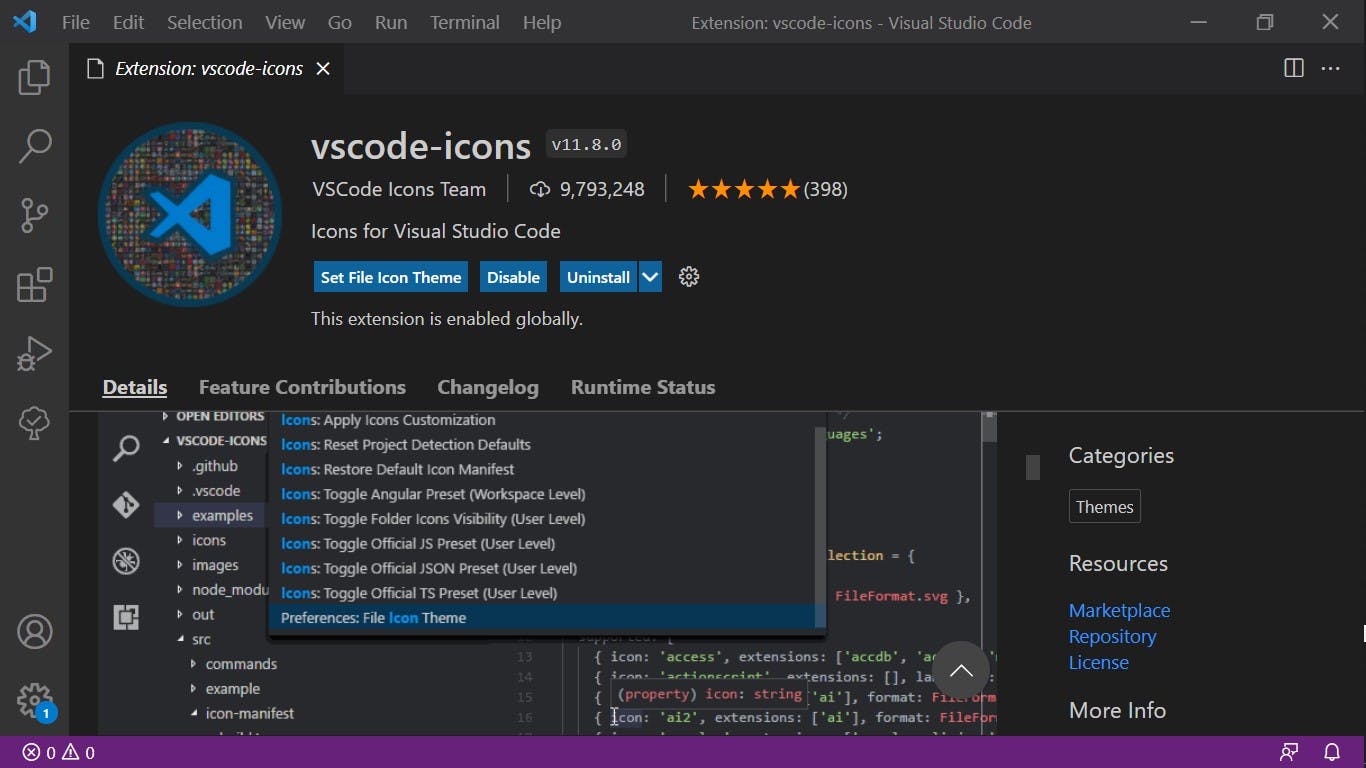
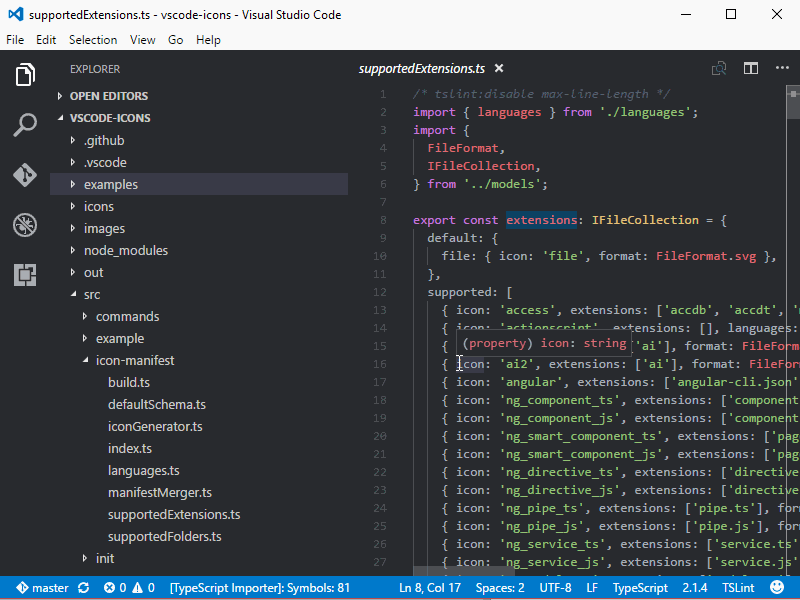
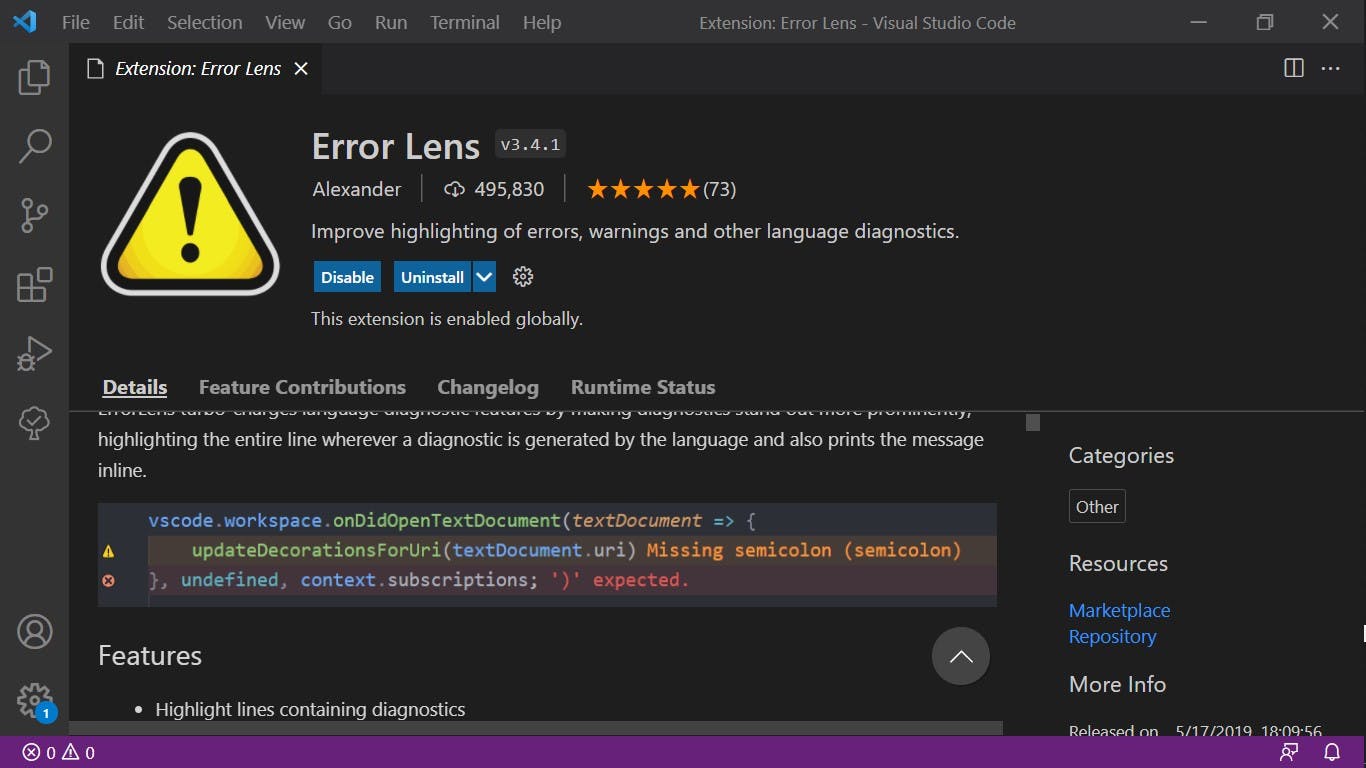
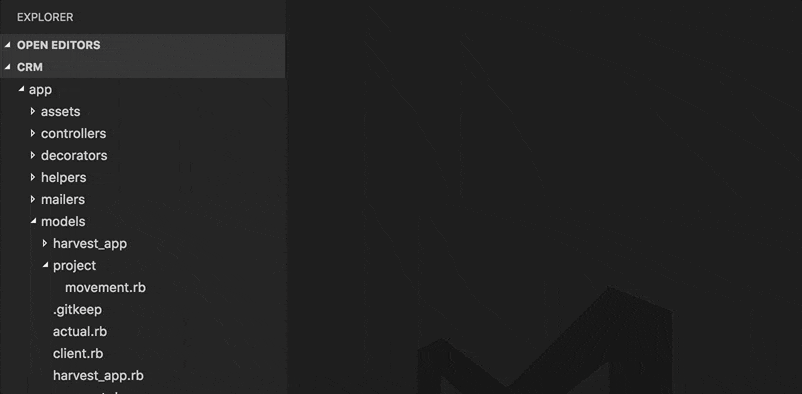
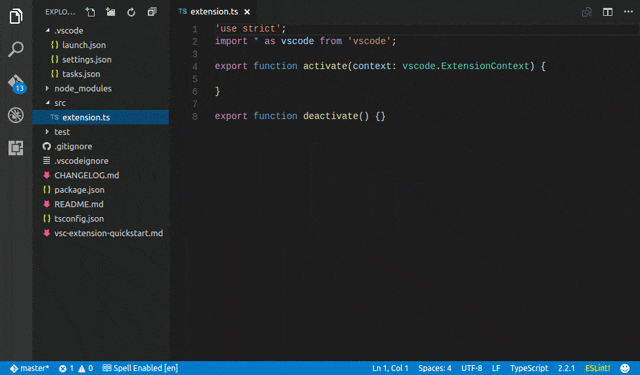
 We usually receive and see some questions regarding the charset levels in MySQL, especially after the deprecation of utf8mb3 and the new default uf8mb4. If you understand how the charset works on MySQL but have some questions regarding this change, please check out Migrating to utf8mb4: Things to Consider by Sveta Smirnova.Some of the questions […]Planet MySQL
We usually receive and see some questions regarding the charset levels in MySQL, especially after the deprecation of utf8mb3 and the new default uf8mb4. If you understand how the charset works on MySQL but have some questions regarding this change, please check out Migrating to utf8mb4: Things to Consider by Sveta Smirnova.Some of the questions […]Planet MySQL





















